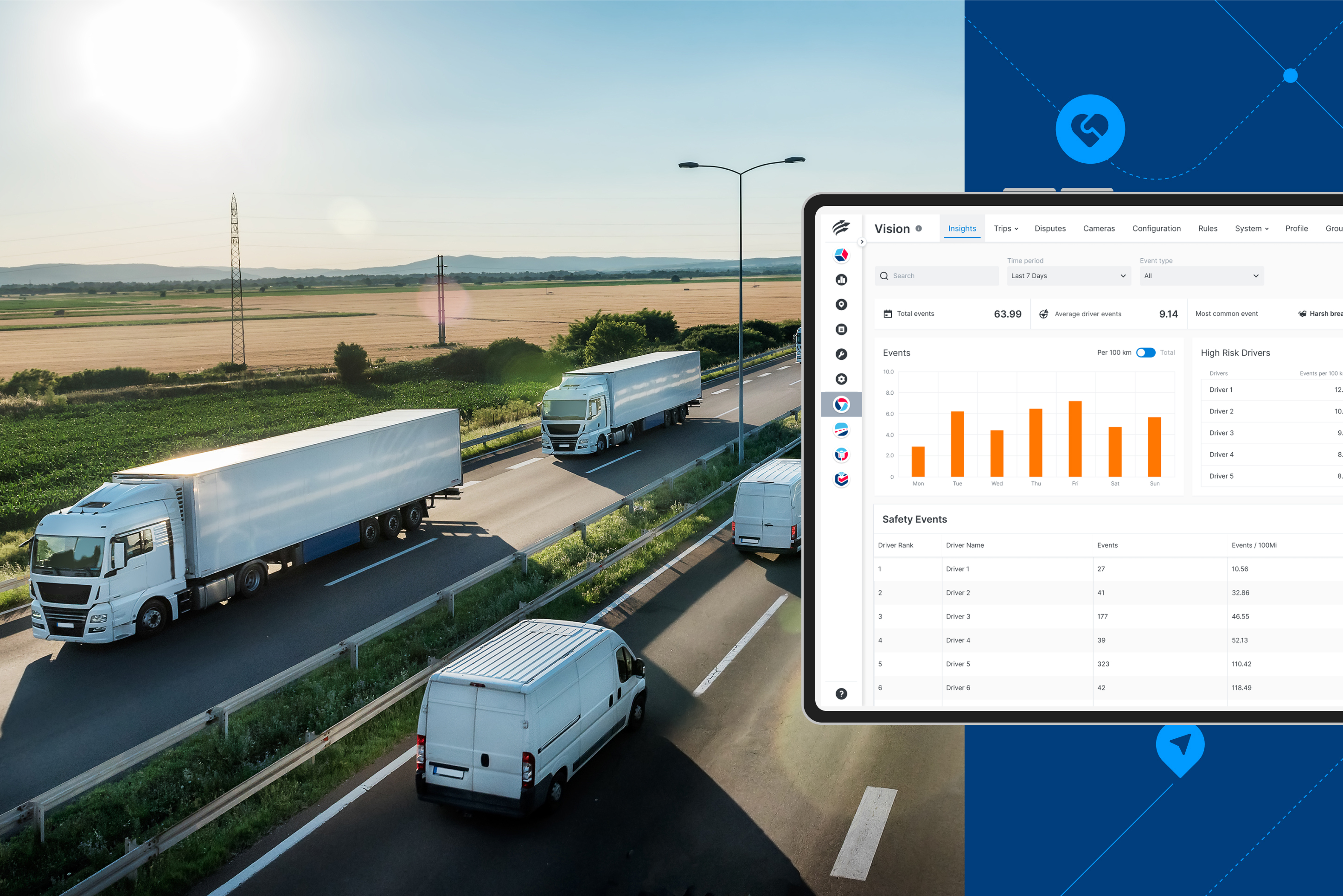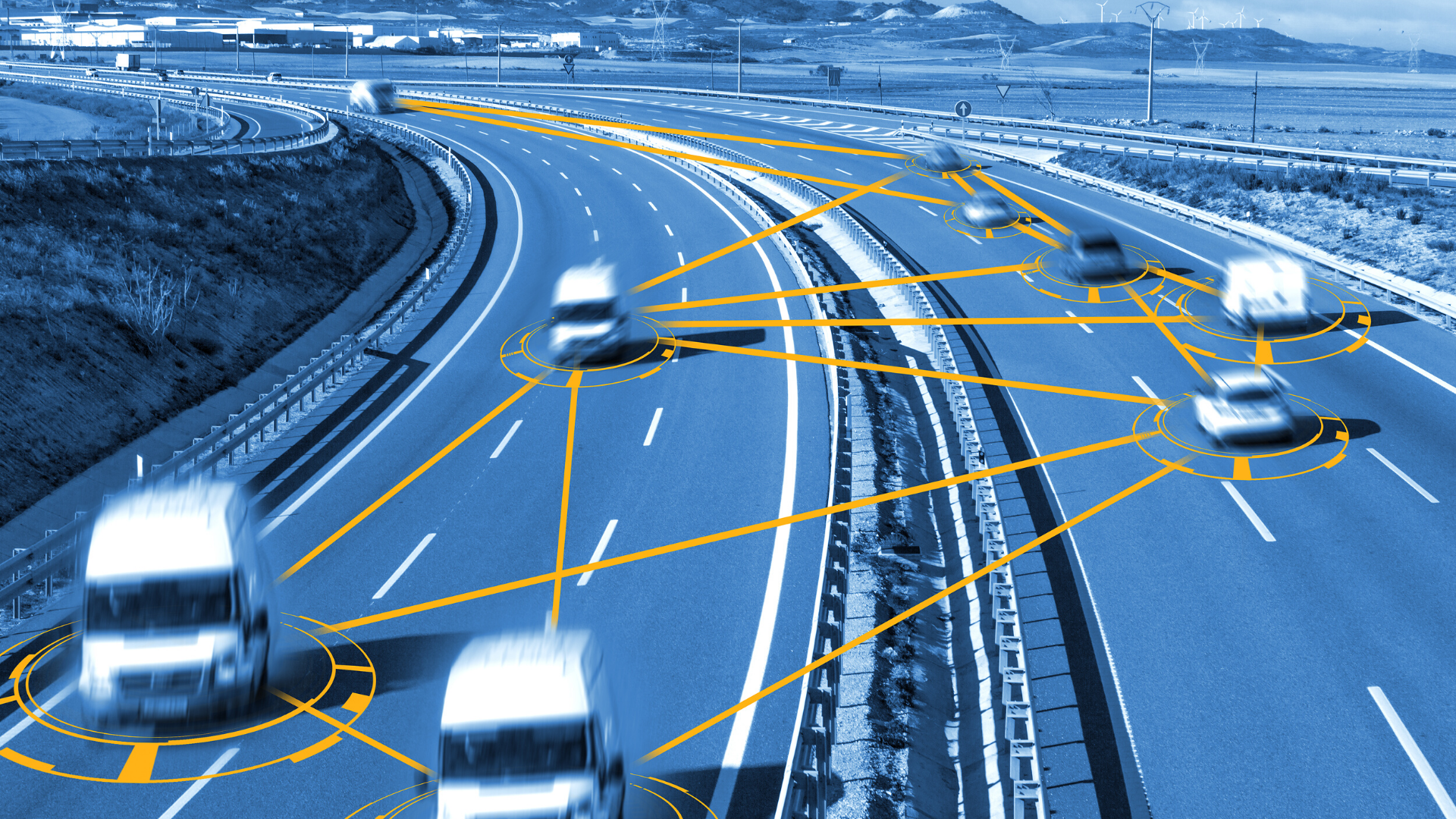Telematics is a powerful technology that has been driving the automotive and transportation industry for decades. From GPS tracking to connected car technology, telematics has revolutionized the way we understand and interact with our vehicles. But what exactly is telematics, and how does it work? Let’s dive in to understand its significance, functionality, applications, and potential future.
The Definition of Telematics
The term “telematics” is a fusion of ‘telecommunications’ and ‘informatics’, which provides a hint to what it encompasses — the collection, transmission, and analysis of data from remote devices, commonly found in vehicles, through wireless communication technologies. These devices capture a wide range of information related to vehicle diagnostics, driving behavior, location, and more. Once the data from these devices is gathered, it is transmitted to a central system where it can be processed, analyzed, and used to generate valuable insights.
Understanding the Components
There are a few key components of telematics including:
Hardware
Telematics systems consist of hardware devices that capture and transmit data. This can include GPS receivers, accelerometers, gyroscopes, OBD-II (On-Board Diagnostics) ports, and various sensors to monitor vehicle performance and driver behavior.
Connectivity
The data collected by telematics devices are transmitted using various communication technologies such as cellular networks, satellite systems, or Bluetooth. The choice of connectivity depends on the application and the desired level of data transfer speed, coverage, and reliability.
Software and Analytics
The collected data is processed and analyzed using telematics software and analytics platforms. These tools help extract meaningful insights, generate reports, and provide actionable information to improve efficiency, safety, and decision-making.
Applications of Telematics
Telematics can be used in different industries, for different reasons. A few of the main areas include fleet management, insurance and risk management, vehicle diagnostics and maintenance, and connected car services.
Fleet Management
Telematics plays a crucial role in fleet management, enabling businesses to track and monitor vehicles in real-time, optimize routing and dispatching, manage fuel consumption, monitor driver behavior, and schedule maintenance tasks. These capabilities lead to cost savings, improved productivity, and enhanced customer service.
Insurance and Risk Management
Telematics has revolutionized the insurance industry by enabling usage-based insurance (UBI). Through telematics, insurers can collect data on driving behavior, such as speed, acceleration, and braking patterns, to assess risk accurately. This data-driven approach allows for more personalized insurance policies and incentivizes safer driving habits.
Vehicle Diagnostics and Maintenance
Telematics systems can provide real-time insights into vehicle health, alerting drivers and fleet managers to potential issues before they become major problems. This proactive approach reduces downtime, enhances vehicle longevity, and lowers maintenance costs.
Connected Car Services
Telematics enables various connected car services, such as remote vehicle diagnostics, theft recovery, emergency assistance, and integration with smart home systems. These services enhance convenience, safety, and the overall driving experience.
Key Considerations for Telematics Implementation
Before embarking on a telematics journey, it’s crucial to consider a few key factors that can influence the success of your implementation. This includes:
Data Security and Privacy
With the vast amount of data being collected and transmitted, it is important to ensure robust security measures are in place to protect sensitive information. Encryption, secure networks, and data access controls are essential components of a reliable telematics system.
Integration and Scalability
When implementing telematics, it is vital to consider integration with existing systems and scalability to accommodate future growth. Seamless integration with fleet management, CRM, or ERP systems can provide a comprehensive view of operations and enable data-driven decision-making.
Driver Acceptance and Training
Introducing telematics to drivers or employees requires effective communication and training. Emphasize the benefits of telematics in improving safety, optimizing performance, and fostering accountability to gain driver acceptance and engagement.
Regulatory Compliance
Depending on the region and industry, there may be specific regulations and compliance requirements related to telematics data. Ensure your system adheres to these regulations to avoid legal complications.
The Future of Telematics
Telematics is transforming the way we interact with vehicles and manage fleets. By harnessing the power of data, businesses and individuals can optimize performance, improve safety, and enhance operational efficiency. Whether you’re a fleet manager, an insurance provider, or a technology enthusiast, understanding the fundamentals of telematics and its applications will empower you to navigate this dynamic and exciting field. Embrace telematics and unlock its potential to drive positive change in your organization and the transportation industry as a whole. To learn about how telematics can help your business, contact us today.
































































